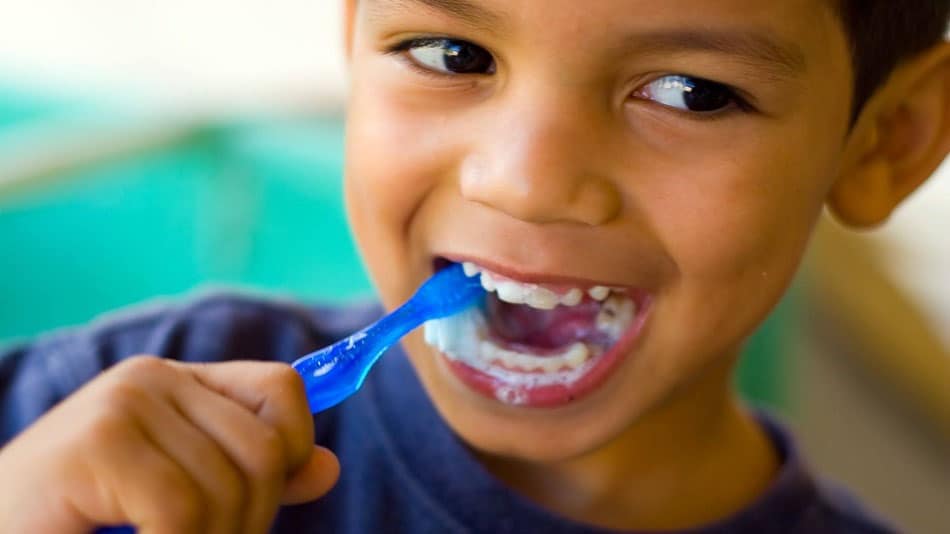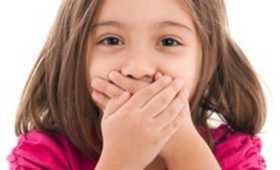It’s never too early to pay attention to your children’s oral health. Good oral hygiene in children starts in babyhood. As soon as a baby’s teeth come in, clean them daily by wiping them with a soft cloth or special baby toothbrush and water. Bedtime in the evening is a good time to get in the habit of cleaning your baby’s teeth.
According to the American Academy of Periodontology, gingivitis is not limited to adults—it occurs in children and adolescents, too. Gingivitis in children can be easily treated and reversed with a consistent oral care routine of twice-daily tooth brushing. But early detection of gingivitis is essential so it can be treated before it becomes severe. Check your child’s teeth daily and pay attention to their gums as well.
Some other oral health points to keep in mind for babies and young children:
Babies
If you see spots or stains on your baby’s teeth, visit a dentist. Healthy baby teeth should be all one color, without spots or stains. Although baby teeth will fall out to make room for permanent teeth, it’s important to keep them clean. Tooth decay can occur in baby teeth, and it can be painful for the child and may lead to problematic infections. Most baby teeth are in place by about 2 years of age, and you can brush them with a soft toothbrush designed for you child’s particular stage development.
Young Children
Although young children may think they can brush their teeth themselves, most children don’t have the manual dexterity for thorough teeth cleaning until they are about 7 years old. Until then, help your child brush and floss. Let them “do it themselves” first, and then follow-up by helping them brush and floss again. Most young children thrive on regular schedules, so try making morning and evening tooth brushing and flossing a family event and do your own brushing and flossing at the same time.





